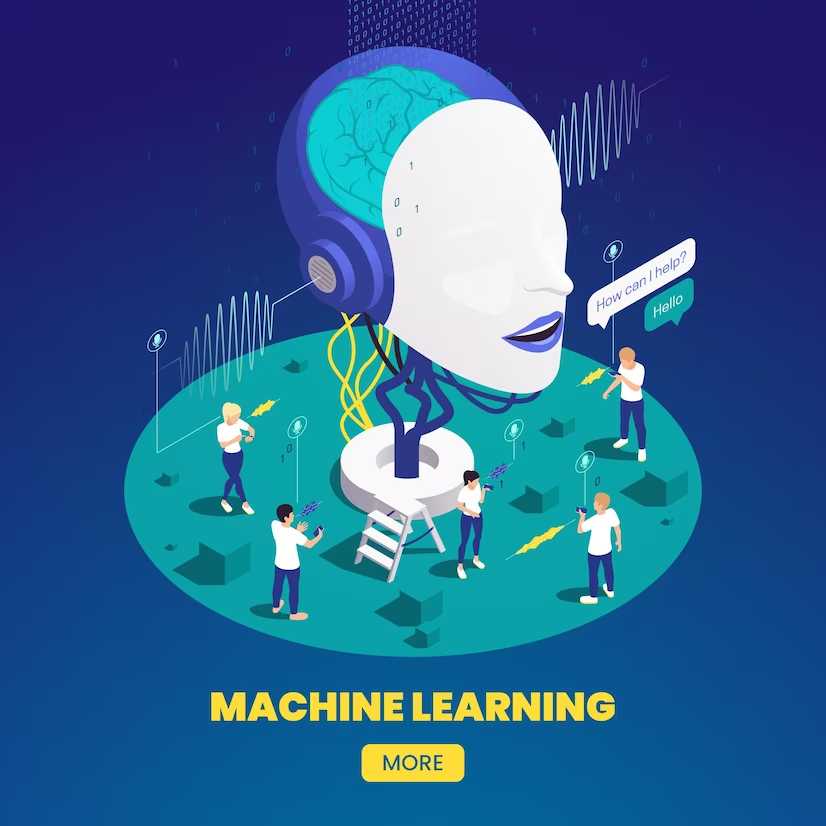What Are The Top 6 Machine Learning Algorithms You Should Know for 2023?
Machine learning has rapidly transformed the world we live in, and it is continuing to do so at an accelerated pace. With the emergence of more complex data, such as big data, there is a need for more sophisticated algorithms that can analyze and make sense of this data. In this article, we will discuss the top six machine learning algorithms you should know for 2023.
- Deep Learning
Deep learning is a type of machine learning that utilizes neural networks to learn from data. It is particularly useful for image and speech recognition, natural language processing, and other complex tasks. Deep learning is a subset of artificial intelligence that has been the driving force behind the development of technologies such as self-driving cars, virtual assistants, and facial recognition systems.
The neural networks used in deep learning are inspired by the structure and function of the human brain, which is why they are so powerful. Deep learning algorithms can process vast amounts of data and can learn from it to improve their accuracy over time. As such, they are particularly useful for tasks that require a high degree of accuracy and precision.
- Random Forest
Random forest is a popular machine learning algorithm that is used for classification and regression problems. It is an ensemble method that combines multiple decision trees to produce a more accurate prediction. Each decision tree is trained on a subset of the data, and the final prediction is based on the average of all the predictions made by each tree.
Random forest is particularly useful for datasets that have a large number of features. It can handle both categorical and continuous variables, and it is not sensitive to outliers or missing values. Random forest is a powerful algorithm that can handle complex problems and is relatively easy to use
- Support Vector Machines
Support vector machines (SVMs) are a type of machine learning algorithm that can be used for classification and regression problems. They work by finding the hyperplane that best separates the data into different classes. SVMs are particularly useful for datasets that have a large number of features and are not easily separable.
SVMs are also known for their ability to handle non-linear data. They can use a kernel function to transform the data into a higher-dimensional space, where it is more easily separable. SVMs are powerful algorithms that can handle complex problems, but they can be computationally expensive and difficult to tune.
- Gradient Boosting
Gradient boosting is a machine learning algorithm that combines multiple weak models to produce a more accurate prediction. It works by iteratively adding new models to the ensemble, with each new model focusing on the areas where the previous models performed poorly. This approach allows gradient boosting to quickly converge to an accurate prediction, even for complex problems.
Gradient boosting is particularly useful for datasets that have a large number of features and are not easily separable. It can handle both categorical and continuous variables, and it is not sensitive to outliers or missing values. Gradient boosting is a powerful algorithm that can handle complex problems, but it can be computationally expensive and difficult to tune.
- K-Nearest Neighbors
K-nearest neighbors (KNN) is a simple but powerful machine learning algorithm that can be used for classification and regression problems. It works by finding the k-nearest neighbors to a new data point and using their labels to make a prediction. KNN is particularly useful for datasets that have a small number of features and are easily separable.
KNN is also known for its ability to handle noisy data. It can use a weighting function to give more weight to the closest neighbors, which can reduce the impact of outliers. KNN is a simple algorithm that can be used for a wide range of problems, but it can be sensitive to the choice of k and the distance metric used.
- Naive Bayes
Naive Bayes is a machine-learning algorithm
Check more details at this link https://nwdco.ae/


